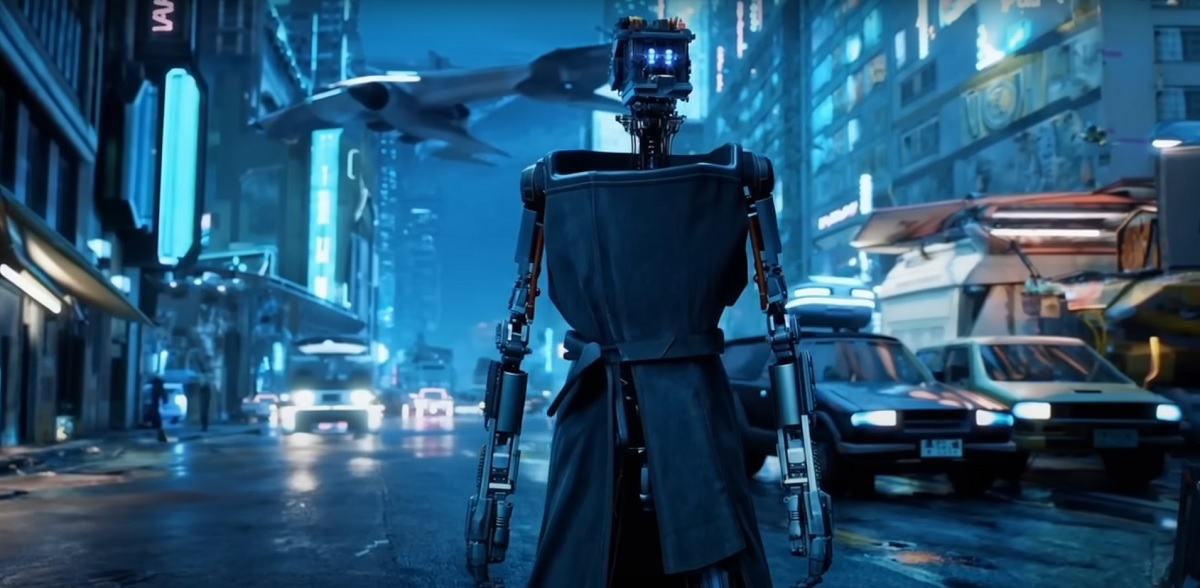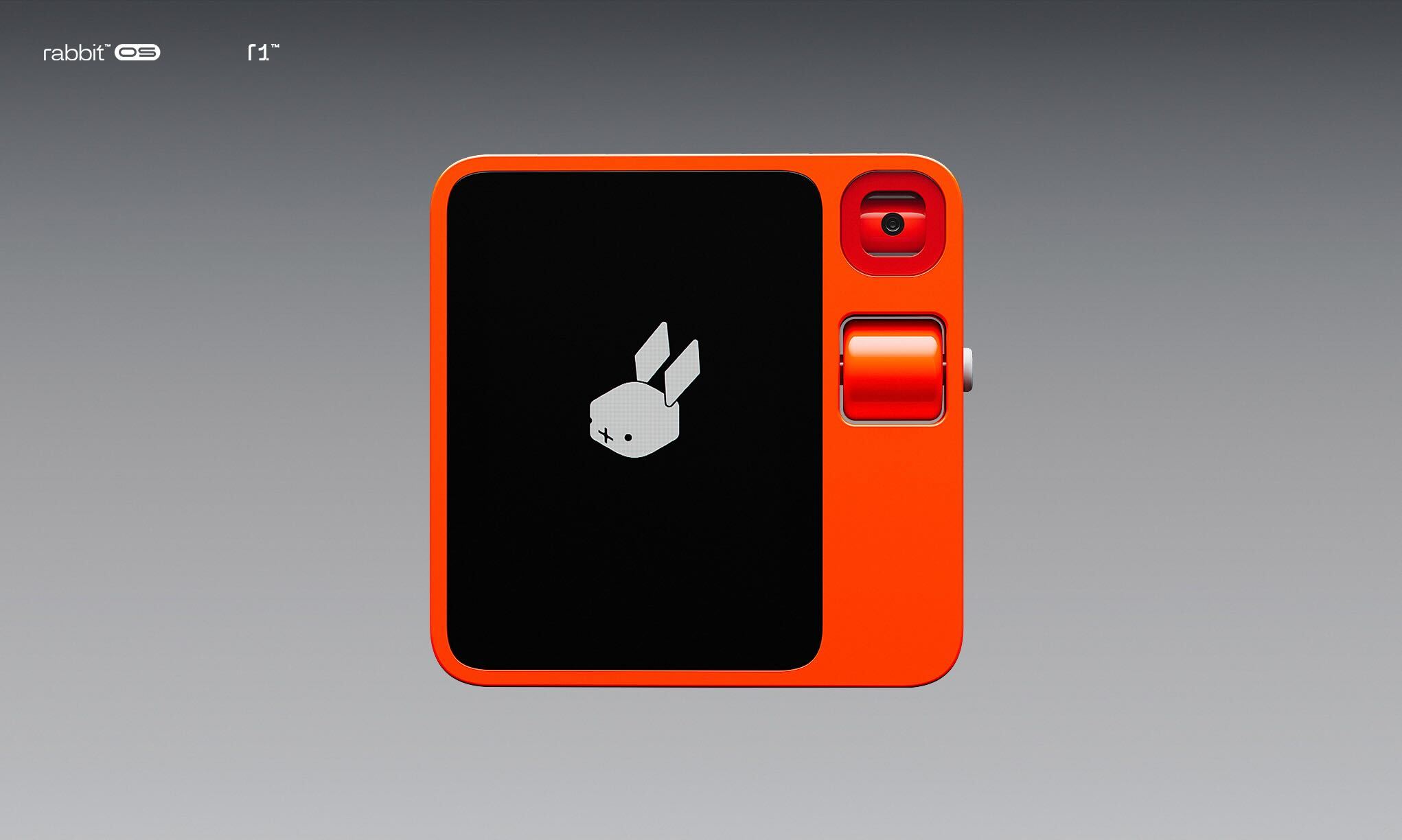AI startup OpenAI continues to push the boundaries of generative AI with the introduction of Sora, a text-to-video model designed to create photorealistic videos based on user prompts. In a race with other tech giants like Google and Microsoft, OpenAI aims to solidify its position in the projected $1.3 trillion generative AI market. Sora’s unique capabilities and potential applications make it a noteworthy addition to the evolving landscape of AI creativity.
Sora’s impressive capabilities
OpenAI’s Sora is not just another text-to-video tool; it’s a model that can generate videos up to one minute long, offering users a platform to bring their imaginative prompts to life. According to OpenAI’s introductory blog post, Sora can craft complex scenes featuring multiple characters, specific types of motion, and accurate details of subjects and backgrounds. The model goes beyond mere visual interpretation, understanding how objects exist in the physical world and accurately interpreting props to generate characters expressing vibrant emotions.
The model’s strength lies in its ability to interpret long prompts, including those with 135 words, showcasing its capacity to handle complex instructions. Sora’s sample videos demonstrate its versatility, creating a diverse range of scenes from cityscapes and landscapes to whimsical characters and underwater city views. Leveraging OpenAI’s past work with models like Dall-E and GPT, Sora stands out by borrowing Dall-E 3’s recaptioning technique, generating highly descriptive captions for visual training data.
Check out some of the prompts and the generated videos below:
Sora’s weaknesses and safety measures
Despite its impressive capabilities, Sora does have limitations. OpenAI acknowledges that the model may struggle with accurately simulating the physics of complex scenes and properly interpreting cause and effect. For instance, it might miss depicting a bite mark on a cookie after someone takes a bite.
OpenAI emphasizes its commitment to safety, conducting extensive research and testing. Sora is subject to safety standards prohibiting extreme violence, sexual content, hateful imagery, celebrity likeness, and the infringement of intellectual property. The company recognizes the importance of learning from real-world use to refine and enhance the safety of AI systems over time.
The future of Sora and AI creativity
OpenAI is currently offering access to Sora only for “red teamers” and creative professionals, including visual artists, designers, and filmmakers, to assess potential risks and gather valuable feedback. While OpenAI has not provided a specific timeline for Sora’s widespread availability, the model represents a significant step toward achieving artificial general intelligence (AGI). Sora’s capability to understand and simulate the real world positions it as a foundational tool for future AI systems, contributing to the broader goal of reaching AGI. As AI continues to advance, Sora’s creative potential holds promise for various industries, from entertainment and design to education and beyond.





